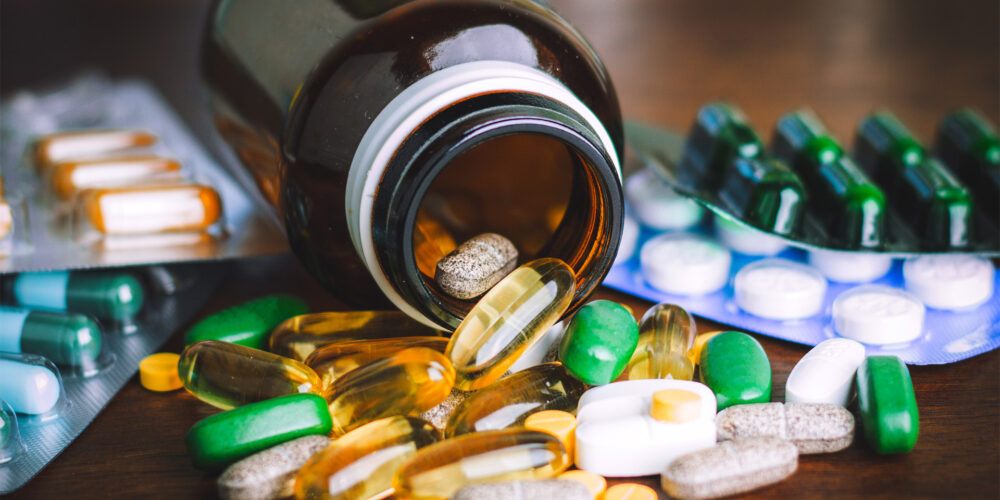Prodrug ADME Services
Prodrugs are substances which are administered in an inactive form and then metabolized in the body into the active drug. This metabolism occurs either by enzymatic or chemical transformation. Prodrugs play a role in improving the undesirable properties of investigational or marketed drugs and often focus on the optimization of the absorption, distribution, metabolism, and excretion (ADME) properties of the active compounds.
Investigate the ADME Properties of your Prodrug
Many prodrugs are designed to improve drug delivery and oral bioavailability of drugs which exhibit poor absorption from the gastrointestinal tract. However, prodrugs may also alter tissue distribution, efficacy and toxicity of the parent drug, as well as the selectivity for the intended target. The importance of prodrug research is highlighted by the fact that prodrugs account for approximately 20% of all small molecular drugs approved during the period 2000 to 20081.
Prodrugs are classified into Type I and Type II. This classification is based on their sites of conversion into the active drug, with Type I being those that are converted intracellularly and Type II being those that are converted extracellularly, especially in digestive fluids or the systemic circulation2.
Improving Solubility using Prodrugs
Poor solubility is a major issue in drug discovery and prodrugs are considered to be an alternative approach where the use of excipients or salt formation has not been successful. Introduction of phosphates, amino acid esters or amides moieties into the molecule are commonly used to enhance solubility in the gastrointestinal tract1. Enzymes such as phosphatases, esterases, amidases or peptidases in plasma or other tissues can then breakdown the molecules into its active form. Fosphenytoin is a good example of a prodrug which by the addition of a phosphate group has improved the aqueous solubility of phenytoin by a factor of 7,000 fold1.
We offer services to assess the aqueous solubility of your prodrugs or active molecules at a range of different pH values.
Enhancing Permeability using Prodrugs
Improving permeability through the use of prodrugs can be achieved in a couple of different ways. Firstly, increasing the lipophilicity of the molecule by masking polar functional groups and hydrogen bonds with ester or amide linkers is a common approach to address poor passive permeability3. An example of this type of prodrug is oseltamivir which is an ethyl ester prodrug and undergoes rapid conversion by carboxylesterase to the parent drug1. Secondly, prodrugs can be substrates of uptake transporters. Enalapril is an example of an ester prodrug which improves the bioavailability from 3% (active drug) to 40%. The ethyl ester moiety increases lipophilicity and is also a substrate of the PEPT1 transporter3.
We offer a full range of permeability services which can assess permeability of prodrug and active drug.
Reducing Metabolic Liability using Prodrugs
Prodrugs can be used to protect against rapid metabolic breakdown and prolong the half-life of the drug by masking labile functions. For example, in the case of the prodrug bambuterol, the phenolic alcohols are protected from Phase II metabolism and the carbamate groups are slowly hydrolysed by non specific cholinesterases to release the parent drug terbutaline3.
We can investigate the metabolic stability of your prodrug and active drug in a number of different in vitro systems including tissue homogenate, liver microsomes, hepatocytes, S9, blood or plasma.
Improving Selectivity for Intended Target using Prodrugs
Selective delivery of drugs to particular tissues can increase therapeutic activity and decrease side effects. One example is the prodrug capecitabine which is metabolised initially in the liver and subsequently in tumour cells to form the anticancer agent 5-fluorouracil3.
References
1) Huttunen KM et al, (2011) Pharmacol Rev 63(3); 750-771
2) Wu K-M (2009) Pharmaceuticals 2; 77-81
3) Kerns EH and Di L (2008) Drug-like properties: concepts, structure design and methods – from ADME to toxicity optimization Ed. Kerns and Di; 426-438

